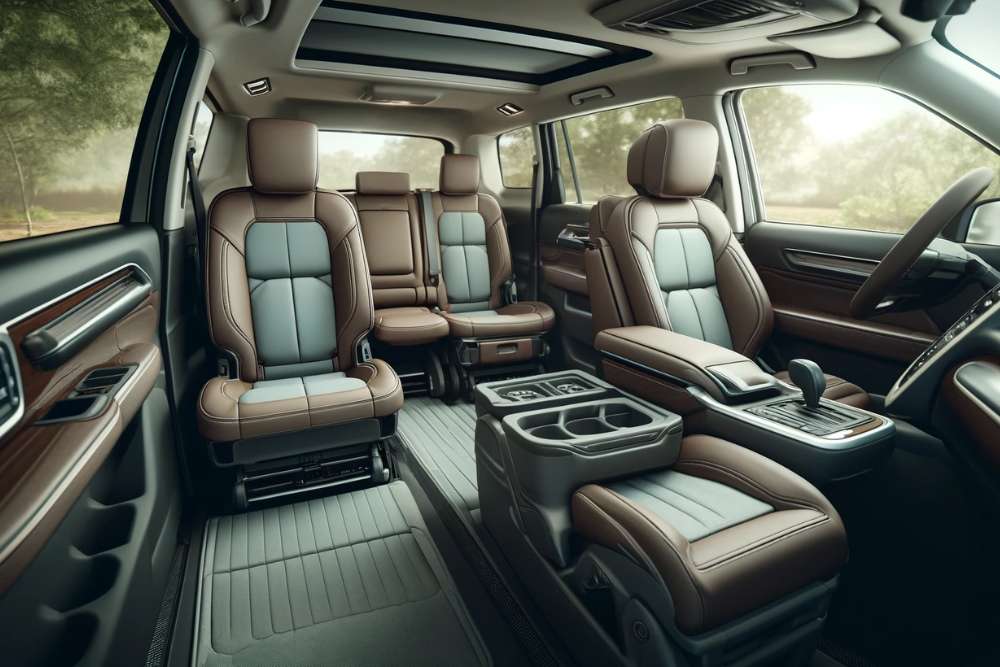A Deep Dive into the World of Active Safety Systems
Introduction: Imagine driving through a bustling city, surrounded by towering skyscrapers and honking cars. Suddenly, a pedestrian steps onto the road. Your heart skips a beat, but before you can react, your car has already slowed down. Welcome to the future of driving, a world where advanced active safety systems are becoming a norm.

A Journey Through Time: The Genesis of Active Safety Systems
Active safety systems have been the subject of much research and development since the late 20th century. These systems aim to prevent accidents by either warning the driver of potential hazards or by taking control in dire situations. They emerged as an advancement from passive safety measures, such as seatbelts and airbags, which only protect occupants after an accident has occurred. One of the earliest forms of active safety tech was the Anti-lock Braking System (ABS), developed in the 1970s. Since then, these systems have evolved to incorporate cutting-edge sensors and AI technology.
The Current Landscape: A Symphony of Sensors and Software
Today, active safety systems have become increasingly sophisticated, with a wide range of features designed to assist drivers. These include Forward Collision Warning (FCW), Automatic Emergency Braking (AEB), Lane Departure Warning (LDW), and Blind Spot Detection (BSD), to name a few. These systems use a combination of radar, cameras, and ultrasonic sensors to detect potential threats. They are complemented by advanced software that can interpret the data and take necessary actions, such as applying brakes or steering the vehicle.
The Impact: Enhancing Safety and Reducing Driver Stress
Active safety systems offer numerous benefits. They not only enhance safety by preventing accidents but also reduce driver stress by providing assistance in challenging situations. According to the Insurance Institute for Highway Safety (IIHS), crash rates decrease significantly with the use of AEB and FCW systems. However, these technologies also pose challenges. For instance, over-reliance on these systems can lead to complacency among drivers, and technical malfunctions can have dangerous repercussions.
The Road Ahead: What Does the Future Hold?
With continuous advancements in technology, the scope of active safety systems is expanding. One exciting development is Vehicle-to-Everything (V2X) communication, which allows cars to interact with each other and their surroundings. This will significantly enhance the performance of active safety systems and pave the way for autonomous driving. However, it also raises concerns about cybersecurity and data privacy.
The Verdict: A Move Towards Safer Mobility
Active safety systems represent a significant stride towards safer and smarter mobility. While they may not be flawless, their potential to save lives and ease driving stress is undeniable. As we advance, it will be intriguing to see how these systems evolve and become an integral part of our driving experience.
With their rise, we are not just moving closer to a world with fewer road accidents, but also to a future where vehicles are more than just machines. They are our vigilant co-pilots, ever-ready to step in when we need them the most.




